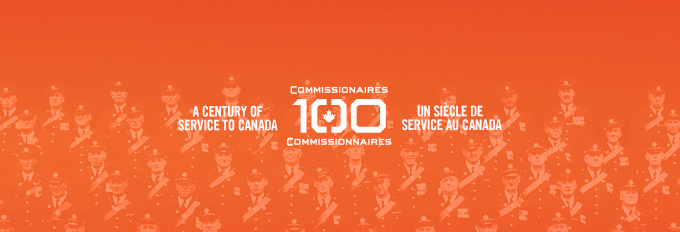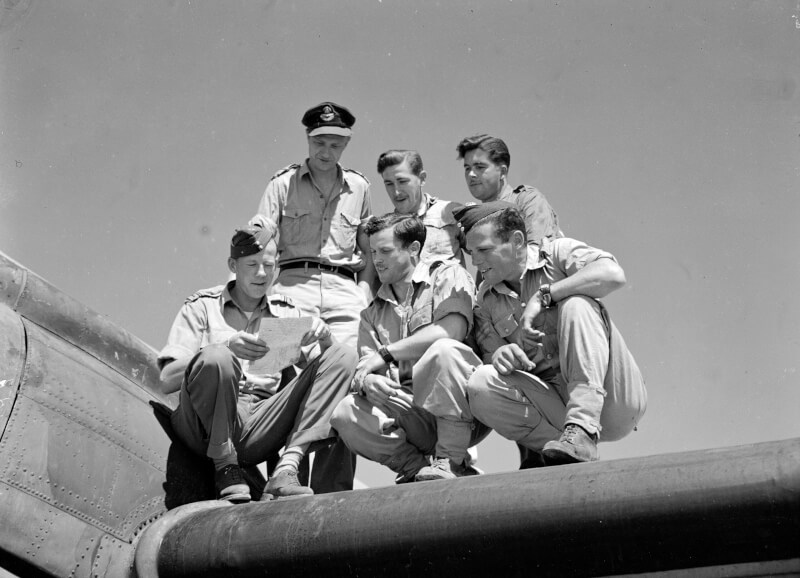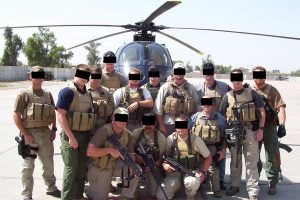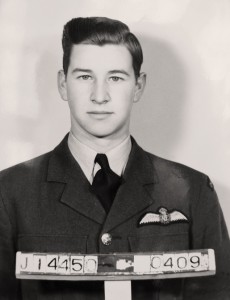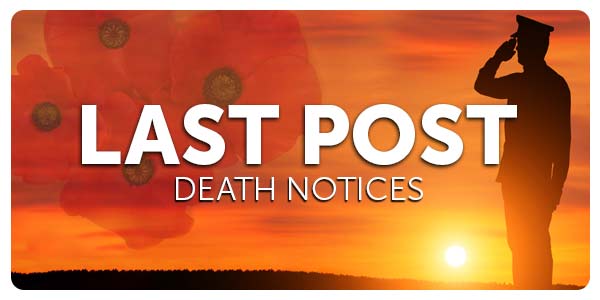Canadian researcher Norma Graham understands that in the world of history, not least that surrounding Canada’s centuries-old military heritage, you’re a student for life, always learning and open to new ideas—and never admitting to knowing it all.
For years, the retired librarian from southern Ontario had fostered an interest in the country’s wartime efforts. It wasn’t until 2020, however, that she discovered a large and growing online community of WW II history buffs that had coalesced around the podcast “We Have Ways of Making You Talk.” Starring British historian James Holland and comedian Al Murray discussing various related topics, Graham had indeed found her people, later vowing to attend their annual festival in England.
There, in 2023, she had the “wonderful opportunity to rub elbows with some of the best military historians in the world.” In one such conversation between two, Peter Caddick-Adams and Stephen Prince, Graham was asked if she knew much about the Royal Canadian Air Force efforts in Burma (now known as Myanmar) in the Second World War.
“I pulled my jaw off the floor and had to admit that no, I had no idea,” she said.
That has now changed. Graham began by reading For Your Tomorrow: Canadians and the Burma Campaign by author and former 435 (Transport) Squadron pilot Robert H. Farquharson. She has since conducted her own in-depth research to uncover tales, exploits and experiences of other airmen from that often-forgotten theatre of war.
Speaking to Legion Magazine, Graham shared some of what she’s learned.
About Canadian airmen in Burma
Most of the approximately 7,500 Canadians serving in South East Asia Command [in WW II] were in the air force. Many were in Royal Air Force squadrons; interestingly, Canadians in the RAF outnumbered those with the RCAF in Burma throughout much of the war. For example, two-thirds of the aircrew who would serve in No. 356 Liberator Squadron [RAF] were Canadian.
About their role in Burma
With the region’s difficult terrain and lack of roads, air supply was essential. From December 1944 until war’s end, Nos. 435 and 436 Dakota squadrons were a vital part of supplying [British-led] 14th Army as they drove the enemy out of eastern India and through Burma. They even flew in the monsoon season while General Slim kept pressure on the Japanese as his men on the ground pushed them back.
The stakes couldn’t have been higher. Without Dakota squadrons dropping supplies and evacuating casualties, 14th Army couldn’t have succeeded. It’s just that simple.
The aircraft had no means to defend themselves against enemy fighters, although by the spring of 1945, the fighting prowess of Japan’s air force was all but kaput. The worst enemy was instead the weather. From May [1945] until the end of the war, the monsoon season threw up repeated severe storms. The pilots joked about these conditions, sometimes saying that they were “10/10ths cloud with intermingled mountain tops,” but they weren’t a laughing matter. One aircraft crashed in the jungle during one such storm and wasn’t found until well over 50 years later.
On flying in such conditions
Farquharson told a harrowing story of what it was like to fly in the monsoon. He described how his Dakota was thrown around like a feather on the wind, up and down. They had no control over the aircraft whatsoever. Can you imagine what that must have been like, with zero visibility, not knowing if you were about to smash into a mountain at any moment? Imagine the courage it took to then get back into the cockpit and keep flying after that kind of an ordeal. Yet they did.
About Canadians on the ground
It’s important to recognize that not all Canadians were fighting in the air. There were also Canadian Chindits. Chindit expeditions were special operations of long-range penetration behind enemy lines in Burma. One muleteer for Operation Longcloth was Roy McKenzie of Sarnia, Ont. Major George Faulkner, who came from Belleville, Ont., was a medical officer on both Chindit expeditions. Captain Ian MacPherson of Saskatchewan was an officer with the 6th Gurkha Rifles who served under Mike Calvert on the second operation and was killed in April 1944.
On a Burman-inspired Canadian invention
Interestingly, a Canadian engineer and veteran of the Great War, Brigadier Douglas Storms, invented something that would become a game-changer for the Allies: Bit-Hess, or bitumen-soaked hessian. This amazing water-resistant material was used for making roads and runways in the most difficult places for terrain and climate. The runways used by 435 Squadron were made with some 350 tons of Bit-Hess.
I often think that army engineers are the most unsung heroes of war, and here is the perfect example of the work that these engineers, including Canadians, performed. But it’s also probably fair to state that the Canadians in Burma are unsung overall.
One thing you learn quickly when you start researching Canadians in WW II is that we were everywhere, even in those unlikely places, and often excelling as warriors.
This abridged interview has been edited for brevity and clarity.
Advertisement




